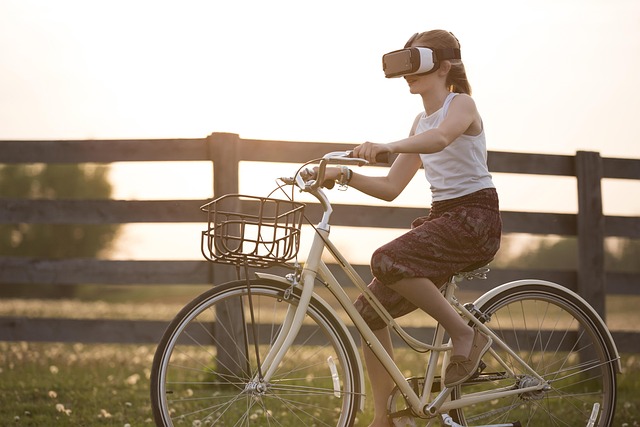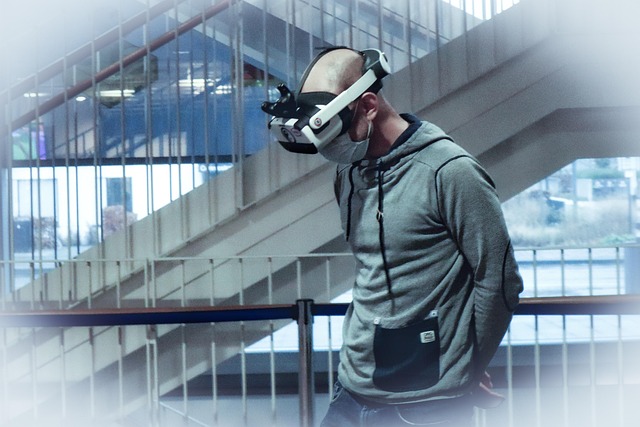Immersive Connections: The New Era of Live Broadcast
Imagine attending a concert from your living room, not just watching it on a screen but feeling as if you’re truly there—surrounded by the crowd’s energy, the stage lights pulsing, and the music vibrating through your entire body. This isn’t a distant dream but the burgeoning reality crafted by the convergence of live broadcast technology with Virtual Reality (VR), Augmented Reality (AR), and the metaverse.
Virtual Reality: Stepping Into the Experience
Virtual reality transforms live broadcasts into fully immersive experiences. Instead of passively viewing an event, VR invites you inside it. Whether it’s a sports game, a music festival, or a global conference, VR provides a 360-degree environment where interaction becomes tangible. You can look around, walk through virtual spaces, and even engage with other attendees in real time. This profound sense of presence revolutionizes how we perceive live broadcasts, enriching the feeling of connection and participation.
Augmented Reality: Enhancing the Real World
While VR transports you to a completely new environment, augmented reality enhances your existing surroundings by overlaying digital elements onto the real world. Using AR, live broadcasts become more interactive and multifaceted. Imagine watching your favorite team’s game on television while stats, player profiles, and instant replays float around your room. Augmented reality bridges the physical and digital, making live broadcasts not just something you watch but something you can interact with dynamically.
The Metaverse: A New Frontier for Interaction
The metaverse expands these concepts into a persistent, interconnected digital universe where live broadcasts are integrated within larger social environments. Here, events are not isolated broadcasts but shared social experiences happening inside an evolving virtual world. You can attend virtual art exhibitions, chat with friends at a live-streamed concert, or even collaborate in virtual workplaces in real time. The metaverse’s blend of VR and AR creates a tapestry of interaction that goes beyond spectatorship to active involvement.
Why Live Broadcasts in These Spaces Matter
Traditional live broadcasts have always been about connecting viewers to a moment. However, as interaction evolves, the simple act of watching transforms into a multidimensional experience. Live broadcast in VR, AR, and the metaverse leverages technology to break barriers—distance blurs, engagement deepens, and experiences personalize. This is especially significant in a world where remote connection has become vital. It’s more than just watching; it’s participating, sharing, and creating memories together.
As we explore these new forms of interaction, it’s clear that the future of live broadcasts will be defined less by screens and more by presence. The emotional resonance of “being there” changes as virtual and augmented worlds meld with our real one, offering richer, more human connections through technology.




